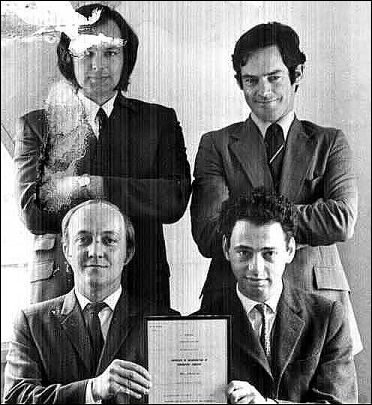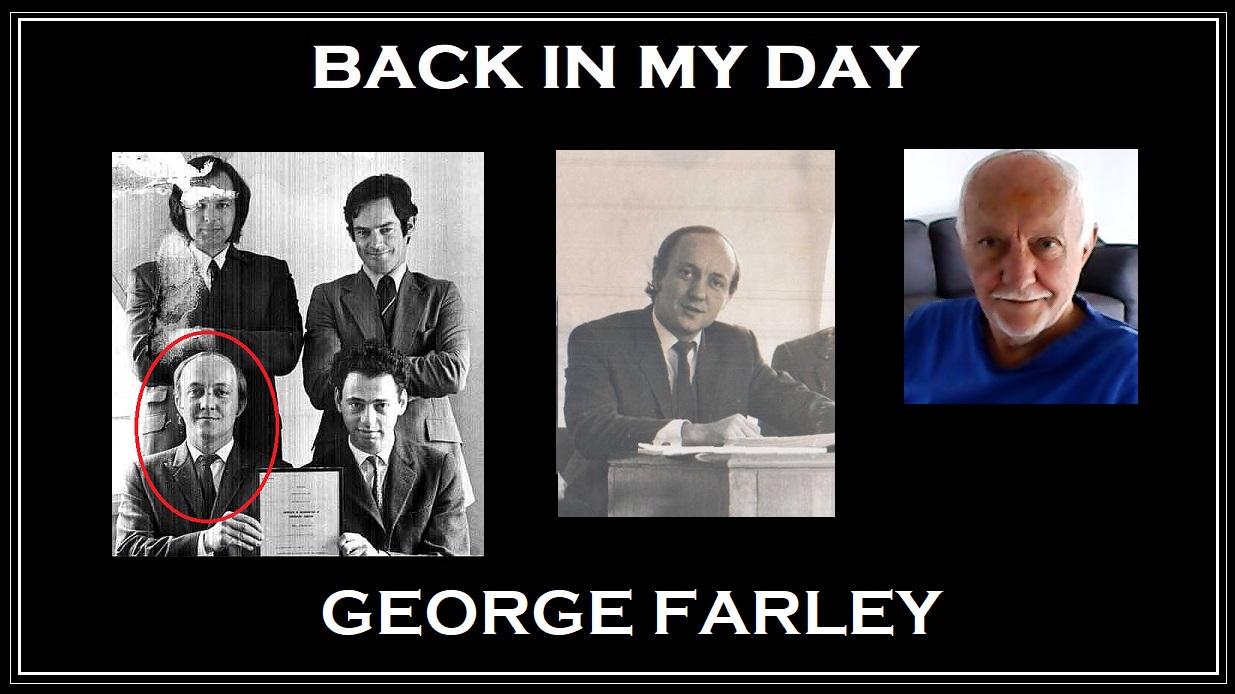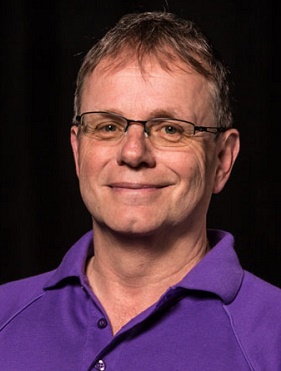‘Back in My Day’ is a new Information Age series profiling some of our older ACS members and Information Age readers speaking about their early days in IT.
This week, we speak with George Farley, aged 79, from Lennox Head, NSW.
Where are you originally from?
I was born in Glasgow, Scotland, in 1942 and my family moved here when I was nine years old and settled in Carlton, Victoria.
When did you first know you were interested in computing?
I loved engineering and problem solving ever since I was a small boy and, even though there were no computers around in the fifties, I used to read magazines like Popular Mechanics and Popular Science to teach myself what technology could do.
Did that forge a path into the industry?
Not directly.
I was bored at school and dropped out at 13 without my intermediate certificate, then spent many years at night school to make up for it, worked various jobs, and did five years at Melbourne University without ever finishing a degree.
Back then there were no computing subjects available so I couldn’t study what I loved and I instead bounced around among a range of different disciplines; I even did a year of architecture at RMIT in Melbourne.
Without a degree I couldn’t get a job as a trainee programmer, but I was able to become a schoolteacher and ended up teaching science and maths for two years.
It was a job I was quite unsuited to because I didn’t have the patience to re-explain simple concepts endlessly, so I kept pursuing my passion for computing.

[From top L going clockwise]: Brian Caddell, Atac’s first employee and programmer; Peter Monaghan, marketing and co-founder of Adaps around 1964; David Segall, systems designer; and George Farley, founded Atac /GFA in 1967. Photo taken 1970. Supplied by George Farley.
How did you end up breaking into IT?
In 1964, after two years of working as a teacher, I was reading the newspaper classifieds in The Age one evening, which is how jobs were marketed back then, and responded to an advertisement for a trainee programmer at HC Sleigh (aka Golden Fleece petroleum) in Melbourne.
Over the years I’d applied for many similar roles, and they usually involved some kind of IQ test, in which I’d always obtained excellent results, but ended up being eliminated by not having a degree.
But at HC Sleigh things were different.
I drove in for an interview and IQ test and immediately afterwards they said: “When can you start?”
I couldn’t believe what I’d just heard.
“Tomorrow,” was my delighted response, and I quit my teaching job that day.
What was the new role like?
To describe it in words I’d have to say: love at first sight.
We had a brand new 18-bit based computer from English Electric called the KDF6, which used its own ultra-low-level language, and had several 3/4-inch magnetic tape drives and a 1,000 lines per minute printer.
Input was done through paper tapes and 24K of storage was provided through a transistor-driven ferrite core.
The computer came with four men, three of whom had studied at Oxford, with the other one being a maintenance engineer.
They supplied us with all the manuals, which we were able to read in a day, gave us lessons in drawing flowcharts and writing programs, and we all loved it.
They stayed for several months and during that time we began to develop systems that involved finance and accounting for HC Sleigh.
How did you progress from there?
I wasn’t looking for another job, but ended up being poached by one of the consultants who’d been brought into HC Sleigh, which resulted in me working in a range of roles across several organisations and platforms.
On 14 July 1967 I decided to form my own company, which was initially called G Farley and Associates Pty Ltd, and later renamed as GFA Pty Ltd, and then as Atac Pty Ltd in the mid-seventies.
What services did your new company provide?
As computing technology continued to roll out there was increasing demand for systems to do invoicing, and process creditor, debtor and general ledgers.
This had largely been done using a mechanical calculating device called a comptometer, creating an enormous amount of work and compromising accuracy.
In response, our new company supplied a complete end-to-end process for clients, where we would design, write, test, document, deliver, and then even run the system.
At the beginning we didn’t have our own computer so we’d hire computer time from big companies and do our processing overnight, after they closed down.
We’d then print the results and deliver them to customers in the morning.
Over the years, we worked with a range of technologies including the IBM/360 and ICL Model 4, and software including Fortran, COBOL, RPG, Autocoder, ALGOL, dBase II, and Visual FoxPro.
In 1979 we were able to install our own computer in the Melbourne office and effectively became the data processing department for a range of major companies, including at least 10 insurance companies, for whom we’d developed many systems.
What’s happening with the company these days?
I handed over the business to a valued employee in 2019 and Atac is now the oldest surviving computer company in Australia, having operated for more than 55 years.
Our speciality fields included logistics and warehousing, and we were also the dominant player in providing remote printing technology. I think Atac is still the leader in that field.
One very progressive thing we did back in 1999, long before COVID hit, was to get rid of our mainframe, close down the Melbourne computer centre, and encourage everybody to work from home.
With Internet connectivity being available we were so convinced that all companies would also do this that we created a suite of programs called the Virtual Office, but unfortunately, we were too far ahead of our time.
Are you still in the workforce?
I’m now semi-retired and moved to Lennox Head seven years ago, after 65 years in Victoria, to escape the Melbourne weather.
But I’m still on the computer for at least seven hours per day, providing free assistance to not-for-profits.
This often involves maintaining membership and accounting systems that Atac had created in the eighties, using Visual FoxPro, Excel and SQL.
The industry has been so good to me that I’m happy to do this and I’m also thinking of teaching people aged 45+ how to use laptops, iPads, mobile phones, and computers, maybe at the local library, where I often see them struggle.
What’s your view on the current state of the computing industry?
I feel that roles in the IT industry these days have become so diverse, often with no connection to programming, that saying “I work in the IT industry” can mean almost anything.
In my day, a small team was enough to interview a client, draw up their requirements, implement a solution, and test and document it.
These days even small software projects can often have dozens of people on their team.
I still believe that the most important part of the industry is writing high-quality computer software and, in many instances, this seems to be fading away.
Sadly, there’s a growing shortage of people who are good at writing computer software; this is increasingly critical and is a skillset we need to further develop.
What advice would you give to somebody looking to work in the IT sector?
Go for it. IT saved my life.










